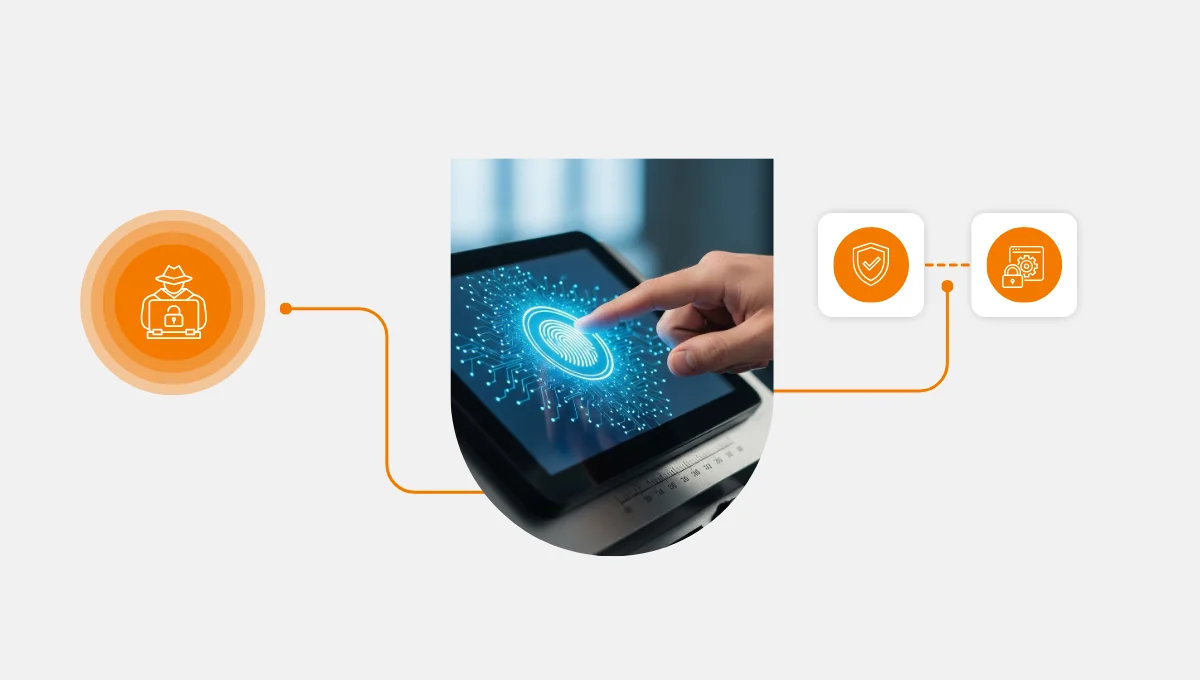Call centers, e-commerce stores, and other companies working for multigenerational audiences must enhance their customer journey experience. But what is the customer journey? And what is a customer journey map?
Your business’s connections and interactions with the client are the customer journey. The map is the plan.
The sales ads you post for marketing to the follow-up after sales are all part of a customer experience and map. This piece will offer you a way to plan your customer experience governance. Call Center Studio can help your call center adapt to the strategies we are about to discuss.
Keep reading to learn.
What is Customer Experience (CX)?
As mentioned, customer experience involves all customer-brand interactions. It’s the sum of all a customer’s steps before and after a sale or service exchange. Many organizations shape the customer experience journey by optimizing the following touchpoints:
- Website and mobile app experience.
- Product quality and performance.
- Customer service interactions (phone, email, social media).
- Marketing and advertising messages.
- In-store experiences (if applicable).
A positive CX leaves a lasting impression, improving client loyalty and advocacy. Streamlining the customer experience empowers customers to share their experiences with a global audience through online reviews and social media.
The Challenge of Multigenerational Customers
Creating a functional client experience is crucial, but particulars vary per generation. The favored method of communication, for example, varies greatly throughout generations. This is because each group has varying levels of technological know-how.
Here’s a glimpse into some key characteristics:
Baby Boomers (1946 – 1964): This generation values personal service. Baby boomers may prefer phone calls or in-person interactions for customer support.
Generation X (1965 – 1980): This group is tech-savvy but often prioritizes efficiency. They appreciate self-service options like FAQs, form-filling, and knowledge bases. They also value prompt and professional customer service interactions.
Millennials (1981 – 1996): Millennials are born into the digital age where convenience and customization are important. Their preferred methods include smooth online engagements and mobile-first solutions.
Generation Z (1997 – 2012): This group was born into the growing tech-dependent generation. They prioritize authenticity and social responsibility. Visual communication through pictures and videos best resonates with them.
What is CX Governance?
A CX governance framework ensures that you effectively implement and continuously improve your company’s CX strategy.
The framework outlines the roles, responsibilities, and processes to achieve consistent, exceptional customer experiences. This framework applies across all your brand-customer touchpoints and segments.
So, how does a good governance plan ensure organizational adoption of a company’s cx strategy? The following are some ways:
- Defining Roles and Responsibilities: The governance framework assigns ownership of various CX initiatives to departments and individuals. This ensures accountability on every task.
- Fostering Collaboration and Communication: A sound governance framework enhances seamless communication. It promotes customer experience across generations in marketing, sales, customer support, and product development.
- Metrics and Measurement: Create key performance indicators (KPIs) for every generation. These monitor customer happiness and assess how well CX programs are working.
- Resource Allocation: The plan allocates budget and personnel to implement the CX strategy effectively for all customer segments.
- Constant Monitoring: Feedback gathering and data analysis are all part of good CX governance. Consider enhancing the product based on consumer demands, shifting preferences, and generational demands.
Mapping a Customer Experience Governance Framework for Multigenerational Customers
Now that we understand how valuable CX governance is, what is a customer journey map?
CX journey map planning is reliant on how you map customer experience to serve a consumer base transcending generations.
Some suggestions to help map customer experience can be:
Define the Customer Journey with a Multigenerational Lens:
Map all customer interactions with your brand across various channels – website, mobile app, social media, email, phone support, and in-store experiences (if applicable).
Next, analyze each touchpoint through the lens of each generation’s preferences.
Lastly, pinpoint areas where a specific generation may find struggles. For example, your website might be visually appealing but lack accessibility features for Baby Boomers with visual impairments – fix that!
Craft a Multifaceted CX Strategy:
To fully wheel everyone in, create content that resonates with different generations. Baby Boomers might appreciate detailed written instructions. Millennials prefer short video tutorials. Gen Z would appreciate challenges.
You can create a multifaceted CX strategy in the following ways:
- Offer a variety of customer service channels — phone, email, social media, live chat, and ticketing. Having all these touchpoints helps cater to preferred communication styles across generations.
- It would help if you also had all these digital touchpoints accessible to users with varying abilities. Consider incorporating customizable font sizes, screen reader compatibility, and text-to-speech capabilities.
Assign Roles and Responsibilities with a Multigenerational Focus:
Since your focus is to create a business that caters to all generations, training is paramount. Equip every staff member with the skills to handle interactions with customers from different generations.
Training should cover generational communication styles, active listening techniques, and how to tailor solutions based on customer preferences.
Develop Metrics and Measurement with Generational Insights:
For a CX governance framework to work, segment your customer satisfaction data by generation to identify areas for improvement within each segment. For example, Baby Boomer satisfaction with your phone support might be high, while Millennials might find it less efficient.
Analyze how different generations interact with your brand across a range of platforms using customer experience analytics. This aids in determining preferred communication modes and customizing future outreach tactics. Baby Boomers may value email communication more than social media, although Millennials and Gen Z may be more active on these platforms.
Feedback and Ongoing Enhancement for Every Generation:
Provide clients with multiple options for submitting feedback. This could include satisfaction surveys, social media monitoring, email feedback forms, and phone surveys for those less comfortable with digital tools.
Segment all the Call centers, e-commerce stores, and other companies nowadays serve multigenerational audiences. These audiences differ by periods and cultural aspects, directly affecting how business connections and interactions are formed with the client. Moreover, the importance of the overall experience of the client’s interactions with the business, or the customer journey, must be tailored to meet each generation’s defining aspects.
Plan The Best Customer Experience Catering to All Generations
A well-crafted CX governance fra93mework isn’t a luxury – it’s necessary for thriving businesses. Prioritizing exceptional customer experiences across generations helps build lasting brand loyalty. It also secures a competitive edge in all markets.
Do not hesitate to contact Call Center Studio today to elevate your call center’s CX strategy to serve all generations.






